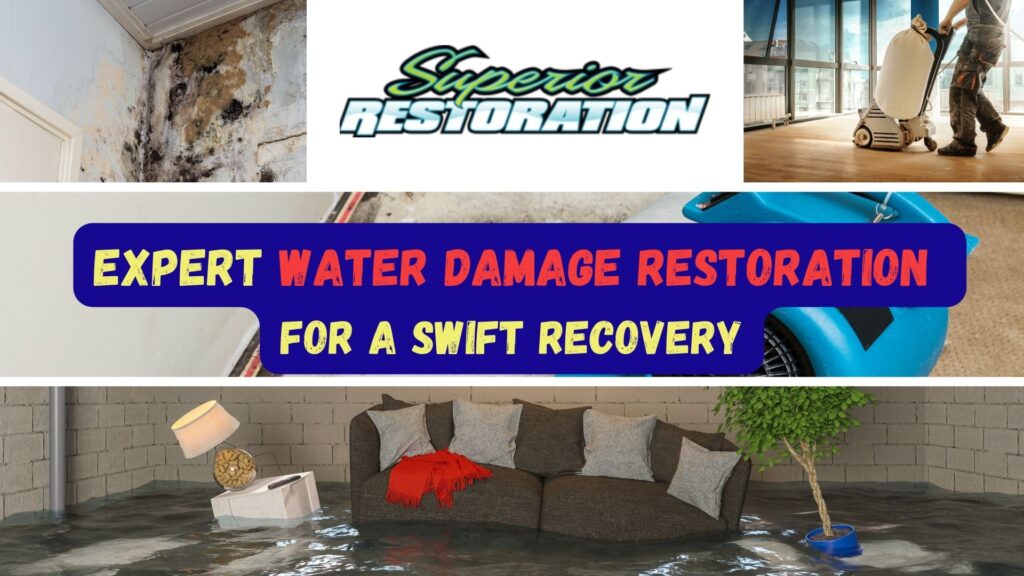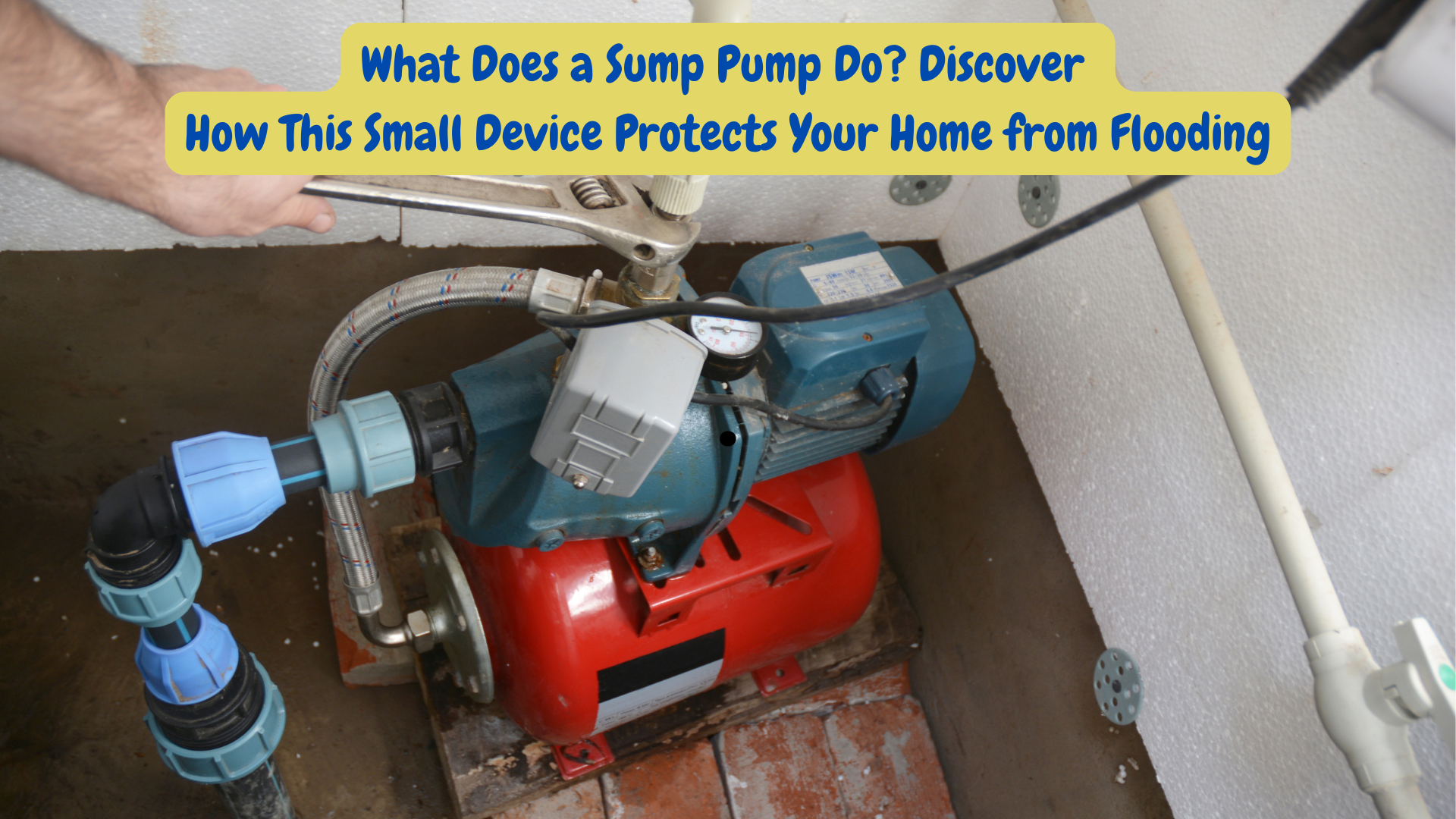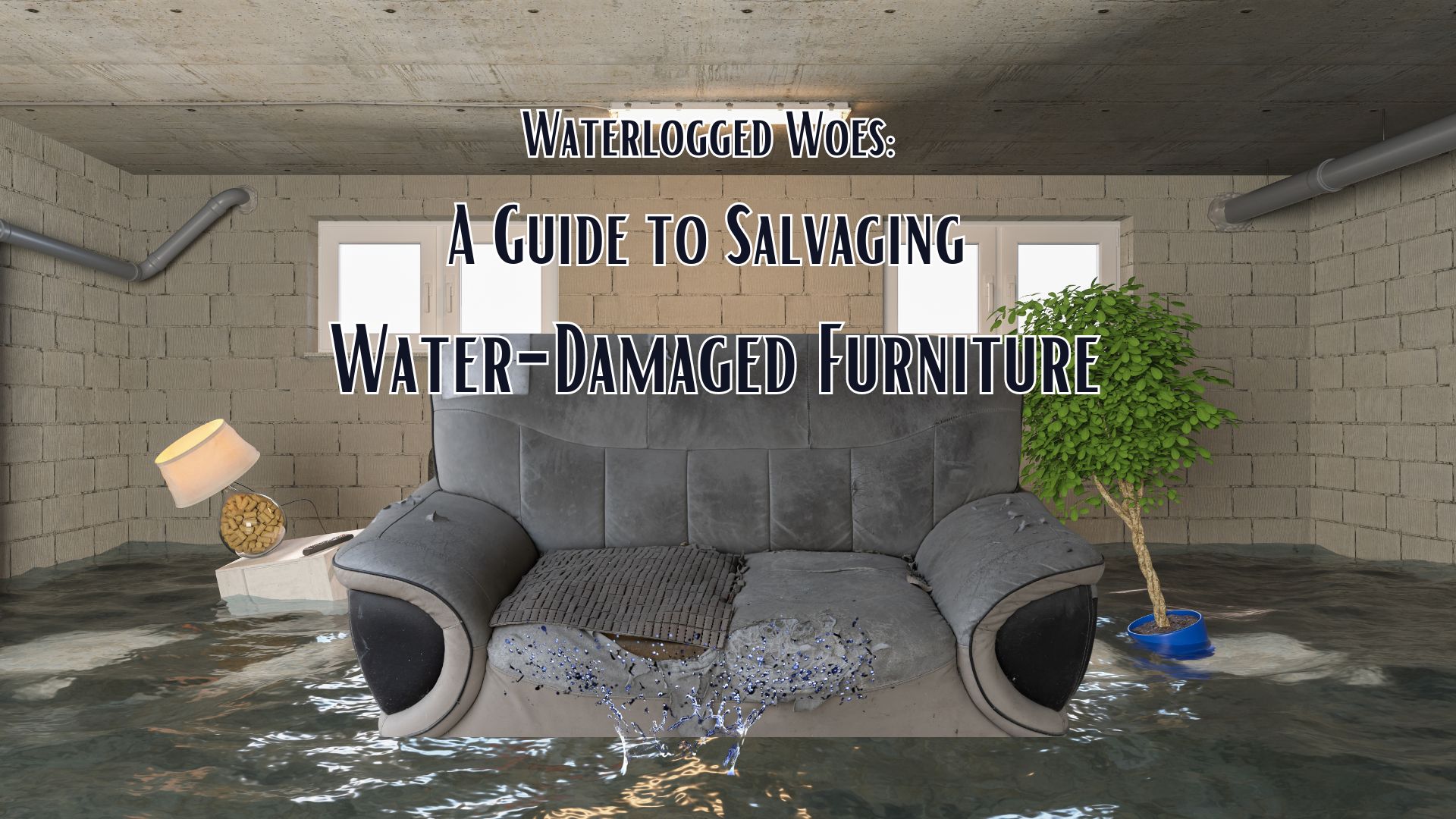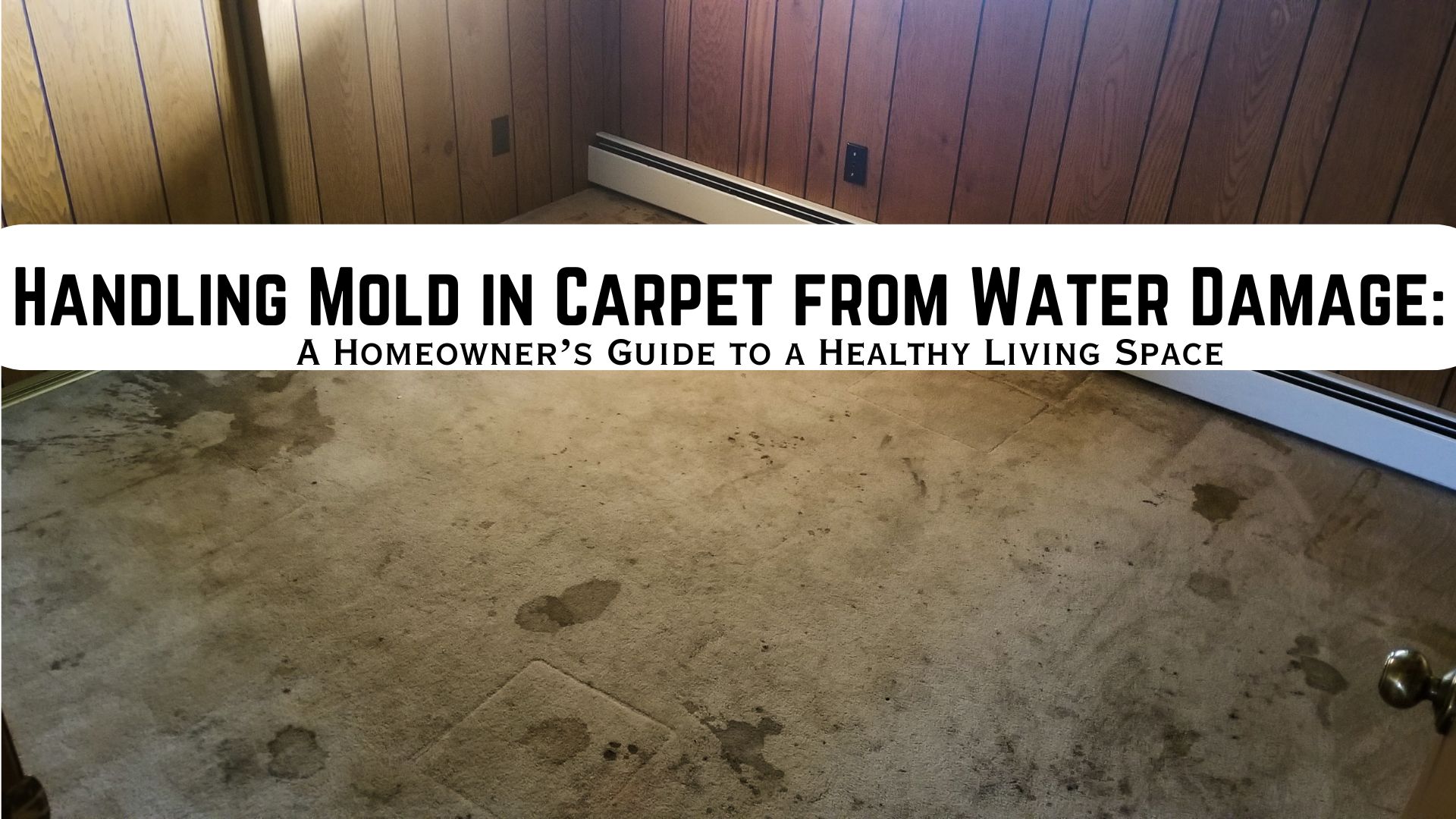Water damage can strike at any time, turning a home into a breeding ground for mold and mildew. When faced with the daunting task of water damage restoration, quick and effective action is crucial. In this guide, we will explore essential water damage restoration tips, from understanding the water source to efficient restoration techniques.
I. Identifying the Water Source and Type of Damage
Recognizing the Three Types of Water Damage
Before diving into the restoration process, it’s imperative to identify the water source and determine the type of damage you’re dealing with. Water damage is categorized into three types: clean water, gray water, and black water damage.
- Clean Water Damage
Clean water damage usually stems from a burst pipe, malfunctioning appliances, or rainwater. It is relatively safe, posing minimal health risks if addressed promptly.
- Gray Water Damage
Gray water, slightly contaminated and potentially harmful, may result from malfunctioning appliances like washing machines or dishwashers. Timely restoration is essential to prevent mold issues.

Black water damage is the most severe and hazardous, often caused by sewage backups or flooding water. This type poses significant health risks due to the presence of harmful bacteria and should be handled by professionals.
II. Assessing Affected Areas and Damaged Materials
Thorough Examination of Affected Spaces
Once you’ve determined the water source and type of damage, conduct a meticulous assessment of the affected areas. Pay special attention to porous materials such as drywall, insulation, and wooden structures.
Identifying Damaged Materials
Furniture, carpets, and other belongings exposed to water need immediate attention. Determine what can be salvaged and what must be removed and replaced. Quick removal of damaged materials is vital to prevent further mold and mildew growth.
III. Swift Action to Remove Water and Begin Restoration
Quick Response to Remove Water
The key to successful water damage restoration is a rapid response. Begin by removing standing water using pumps or wet/dry vacuums. The longer water sits, the higher the risk of mold and mildew infestation.
Utilizing Restoration Services
Consider professional water damage restoration services for a thorough and efficient cleanup. Professionals have the expertise and specialized equipment to tackle extensive water damage and mold issues effectively.
IV. Handling Mold and Mildew After Water Damage
Preventing Mold Issues with Timely Restoration
Mold and mildew thrive in damp environments, making them common issues after water damage. Act promptly to prevent their growth by thoroughly drying affected areas and using dehumidifiers to reduce humidity levels.
Treating Porous Materials
Porous materials like drywall and insulation are prone to mold growth. If these materials are affected, it’s often more effective to remove and replace them to ensure the complete elimination of mold spores.
V. Waterproofing and Repairing Damaged Structures
Fortifying Against Future Water Damage
To prevent future water damage, consider waterproofing vulnerable areas. This may involve sealing cracks in the foundation, ensuring proper drainage, and installing waterproof flooring.
Repairing Structural Damage
Structural damage may occur during water incidents. Ensure a thorough inspection of the foundation, walls, and ceilings. Address any issues promptly to stop and prevent further consequences.
VI. Final Steps and a Fresh Start
Applying a Fresh Coat and Finalizing Restoration
As you near the end of the water damage restoration process, give affected areas a fresh coat of paint to rejuvenate the space. This not only enhances aesthetics but also seals surfaces against potential mold growth.
Calculating Costs per Square Foot
Estimate the costs of restoration, factoring in materials, professional services, and any structural repairs. This will provide a clear understanding of the financial implications of the restoration process.
Water Damage Restoration: A Swift Recovery
The key to successful water damage restoration lies in swift and informed action. From identifying the water source and type of damage to implementing efficient restoration techniques, every step plays a crucial role. By recognizing the urgency of removing water, addressing affected areas, and preventing mold and mildew, homeowners can embark on the journey of restoring their living spaces to their former glory. Remember, a proactive approach is the best defense against the destructive consequences of water damage.
Preventing Water Damage in the Future
Regular Maintenance Checks
- Proactive Approach to Avoiding Burst Pipes
Preventive maintenance is key to avoiding water damage. Regularly inspect and maintain plumbing systems, addressing issues like corrosion and leaks promptly. A proactive approach can save homeowners from the headache of unexpected water incidents.
Strategic Furniture Placement
- Elevated Furniture for Flood Prevention
Place furniture and valuable items on elevated surfaces, especially in flood-prone areas. This simple step can prevent significant water damage during incidents like flooding.
Water Damage Restoration: Understanding the Importance of Rapid Response
24/7 Availability of Restoration Services
- Emergency Restoration Services
Water damage doesn’t adhere to a schedule, and neither should restoration efforts. Opt for restoration services that offer 24/7 availability, ensuring rapid response and mitigation of further damage, regardless of the time of day.
Community Resources for Flood Preparedness
- Collaborative Flood Preparedness Efforts
Engage with local community resources and government initiatives focused on flood preparedness. These organizations often provide valuable information, resources, and support for homeowners dealing with water damage.
Embracing a Holistic Approach to Water Damage Restoration
In embracing a holistic approach to water damage restoration, homeowners can enhance their readiness and resilience against unforeseen incidents. From efficient drying methods to preventive measures and community involvement, each additional tip contributes to a more comprehensive restoration strategy. Remember, a combination of swift action, preventive measures, and professional assistance like Superior Restoration will pave the way for a thorough recovery from water damage. Please don’t hesitate to call our 24/7 office, today!





